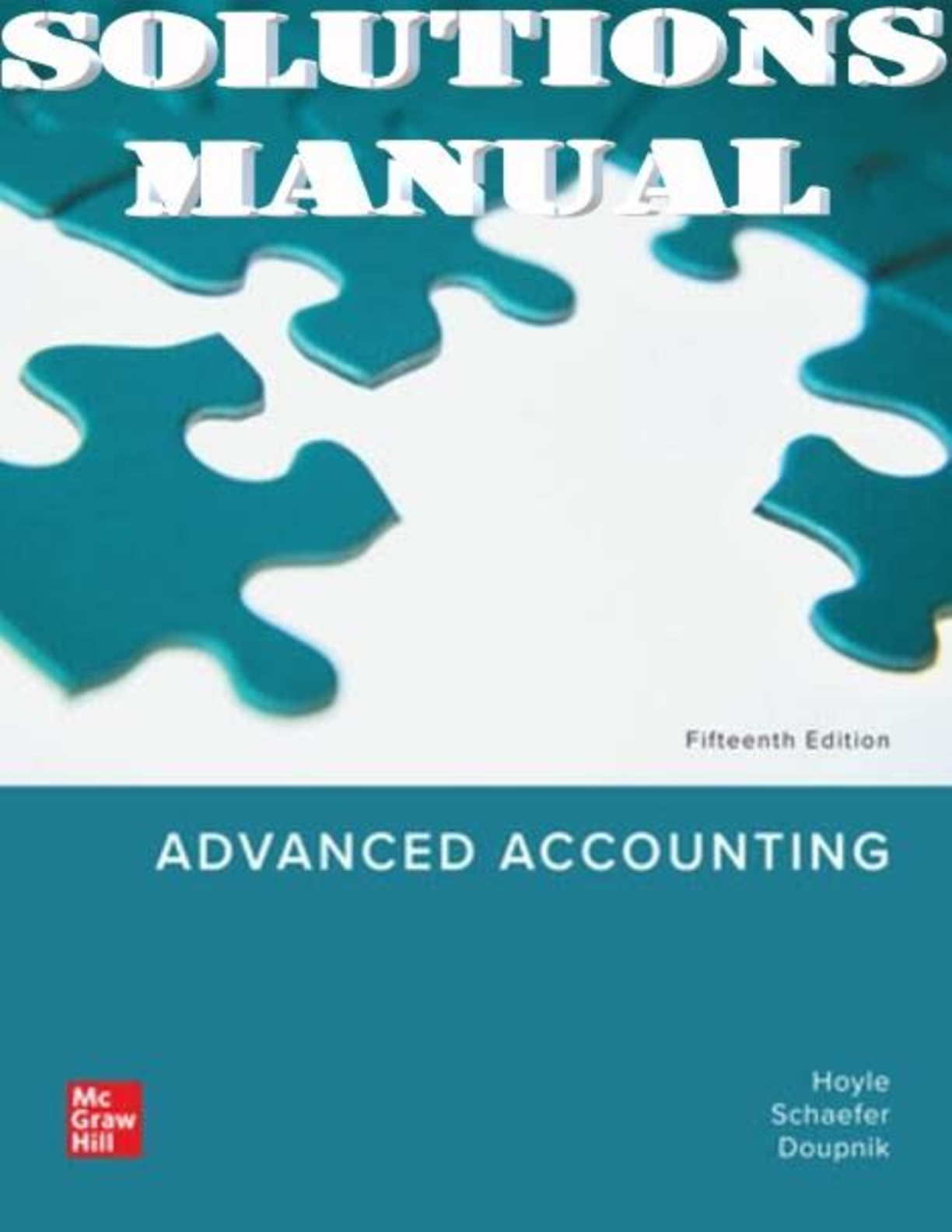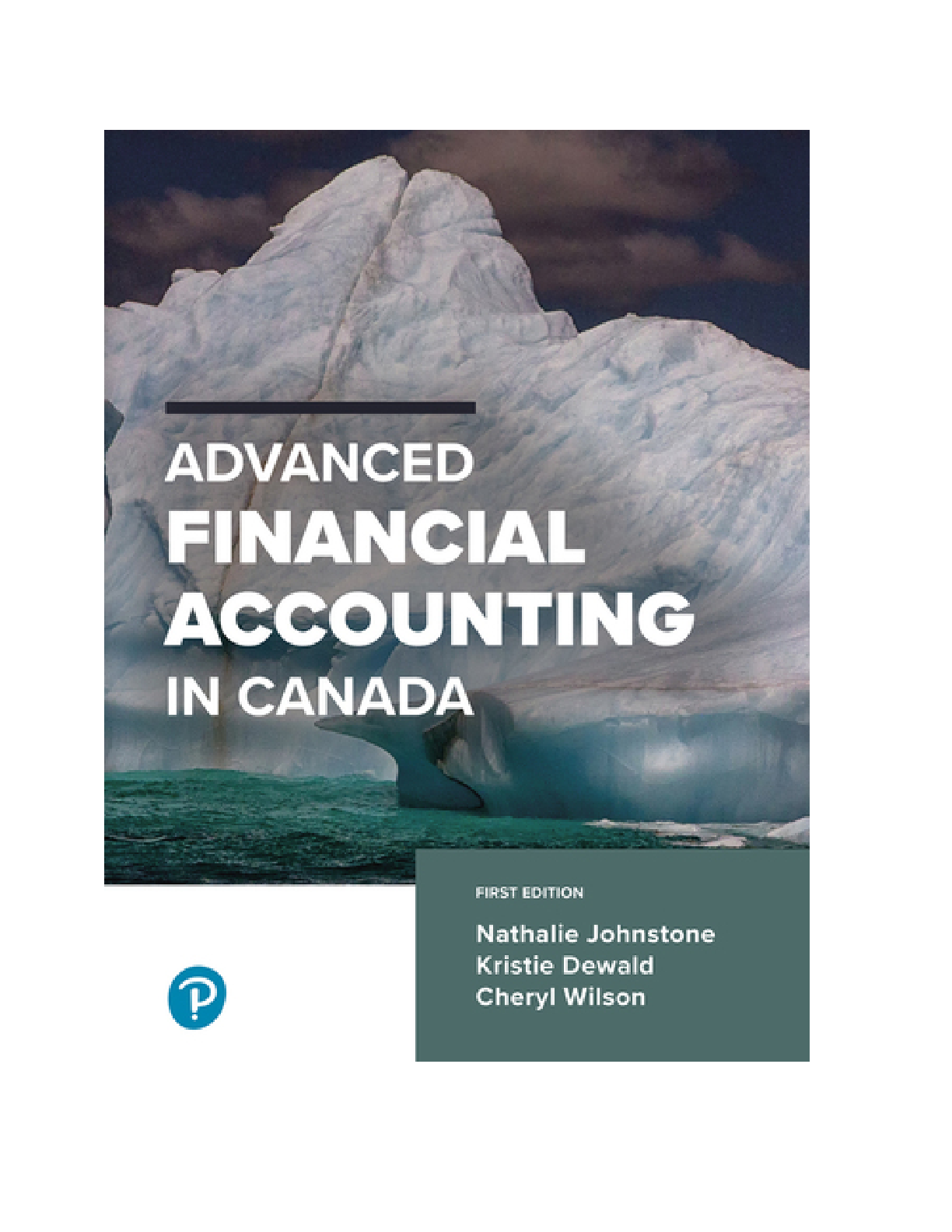Economics > SOLUTIONS MANUAL > Solution Manual - Economics - Introduction to Econometrics (3rd Edition) by H STOCK JAMES & W. WATSO (All)
Solution Manual - Economics - Introduction to Econometrics (3rd Edition) by H STOCK JAMES & W. WATSON MARK
Document Content and Description Below
Solution Manual - Economics - Introduction to Econometrics (3rd Edition) by H STOCK JAMES & W. WATSON MARK1- 1. a. The AICPA is an organization of CPAs that prior to 1973 accepted the primary responsi... bility for the development of generally accepted accounting principles. Their role was substantially reduced in 1973 when the Financial Accounting Standards Board was established. Their role was further reduced with the establishment of the Public Company Accounting Oversight Board was established in 2002. b. The Financial Accounting Standards Board replaced the Accounting Principles Board as the primary rule-making body for accounting standards. It is an independent organization and includes members other than public accountants. c. The SEC has the authority to determine generally accepted accounting principles and to regulate the accounting profession. The SEC has elected to leave much of the determination of generally accepted accounting principles to the private sector. The Financial Accounting Standards Board has played the major role in establishing accounting standards since 1973. Regulation of the accounting profession was substantially turned over to the Public Company Accounting Oversight Board in 2002. 1- 2. Consistency is obtained through the application of the same accounting principle from period to period. A change in principle requires statement disclosure. 1- 3. The concept of historical cost determines the balance sheet valuation of land. The realization concept requires that a transaction needs to occur for the profit to be recognized. 1- 4. a. Entity e. Historical cost b. Realization f. Historical cost c. Materiality g. Disclosure d. Conservatism 1- 5. Entity concept 1- 6. Generally accepted accounting principles do not apply when a firm does not appear to be a going concern. If the decision is made that this is not a going concern, then the use of GAAP would not be appropriate. 26 1- 7. With the time period assumption, inaccuracies of accounting for the entity, short of its complete life span, are accepted. The assumption is made that the entity can be accounted for reasonably accurately for a particular period of time. In other words, the decision is made to accept some inaccuracy because of incomplete information about the future in exchange for more timely reporting. The statements are considered to be meaningful because material inaccuracies are not acceptable. 1- 8. It is true that the only accurate way to account for the success or failure of an entity is to accumulate all transactions from the opening of business until the business eventually liquidates. But it is not necessary that the statements be completely accurate in order for them to be meaningful. 1- 9. a. A year that ends when operations are at a low ebb for the year. b. The accounting time period is ended on December 31. c. A twelve-month accounting period that ends at the end of a month other than December 31. 1-10. Money. 1-11. When money does not hold a stable value, the financial statements can lose much of their significance. To the extent that money does not remain stable, it loses usefulness as the standard for measuring financial transactions. 1-12. No. There is a problem with determining the index in order to adjust the statements. The items that are included in the index must be representative. In addition, the prices of items change because of various factors, such as quality, technology, and inflation. Yes. A reasonable adjustment to the statements can be made for inflation. 1-13. False. An arbitrary write-off of inventory cannot be justified under the conservatism concept. The conservatism concept can only be applied where there are alternative measurements and each of these alternative measurements has reasonable support. 1-14. Yes, inventory that has a market value below the historical cost should be written down in order to recognize a loss. This is done based upon the concept of conservatism. Losses that can be reasonably anticipated should be taken in order to reflect the least favorable effect on net income of the current period. 27 1-15. End of production The realization of revenue at the completion of the production process is acceptable when the price of the item is known and there is a ready market. Receipt of cash This method should only be used when the prospects of collection are especially doubtful at the time of sale. During production This method is allowed for long-term construction projects because recognizing revenue on long-term construction projects as work progresses tends to give a fairer picture of the results for a given period in comparison with having the entire revenue realized in one period of time. 1-16. It is difficult to apply the matching concept when there is no direct connection between the cost and revenue. Under these circumstances, accountants often charge off the cost in the period incurred in order to be conservative. 1-17. If the entity can justify the use of an alternative accounting method on the basis that it is rational, then the change can be made. 1-18. The accounting reports must disclose all facts that may influence the judgment of an informed reader. Usually this is a judgment decision for the accountant to make. Because of the complexity of many businesses and the increased expectations of the public, the full disclosure concept has become one of the most difficult concepts for the accountant to apply. 1-19. There is a preference for the use of objectivity in the preparation of financial statements, but financial statements cannot be completely prepared based upon objective data; estimates must be made in many situations. 1-20. This is a true statement. The concept of materiality allows the accountant to handle immaterial items in the most economical and expedient manner possible. 1-21. Some industry practices lead to accounting reports that do not conform to generally accepted accounting principles. These reports are considered to be acceptable, but the accounting profession is making an effort to eliminate particular industry practices that do not conform to the normal generally accepted accounting principles. 1-22. Events that fall outside of the financial transactions of the entity are not recorded. An example would be the loss of a major customer. 28 1-23. True. The accounting profession is making an effort to reduce or eliminate specific industry practices. 1-24. The entity must usually use the accrual basis of accounting. Only under limited circumstances can the entity use the cash basis. 1-25. The FASB commenced the Accounting Standards Codification™ project to provide a single source of authoritative U.S. GAAP and provide one level of authoritative GAAP. 1-26. The separate entity concept directs that personal transactions of the owners must be kept separate from their business transactions. 1-27. At the point of sale 1-28. a. The building should be recorded at cost, which is $50,000. b. Revenue should not be recorded for the savings between the cost of $50,000 and the bid of $60,000. Revenue comes from selling, not from purchasing. 1-29. The materiality concept supports this policy. 1-30. The Securities and Exchange Commission (SEC). 1-31. The basic problem with the monetary assumption when there has been significant inflation is that the monetary assumption assumes a stable dollar in terms of purchasing power. When there has been inflation, the dollar has not been stable in terms of purchasing power, and therefore, dollars are being compared that are not of the same purchasing power. 1-32. The matching principle deals with the costs to be matched against revenue. The realization concept has to do with the determination of revenue. The combination of revenue and costs determine income. 1-33. The term "generally accepted accounting principles" is used to refer to accounting principles that have substantial authoritative support. 1-34. The process of considering a Statement of Financial Accounting Standards begins when the Board elects to add a topic to its technical agenda. The Board only considers topics that are "broken" for its technical agenda. On projects with a broad impact, a Discussion Memorandum or an Invitation to Comment is issued. The Discussion Memorandum or Invitation to Comment is distributed as a basis for public comment. After considering the written comments and the public hearing comments, the Board resumes deliberations in one or more public Board meetings. The final Statement on Financial Accounting Standards must receive a majority affirmative vote of the Board. [Show More]
Last updated: 11 months ago
Preview 1 out of 527 pages
 by H STOCK JAMES & W.png)
Reviews( 0 )
Document information
Connected school, study & course
About the document
Uploaded On
Jan 07, 2022
Number of pages
527
Written in
Additional information
This document has been written for:
Uploaded
Jan 07, 2022
Downloads
0
Views
127

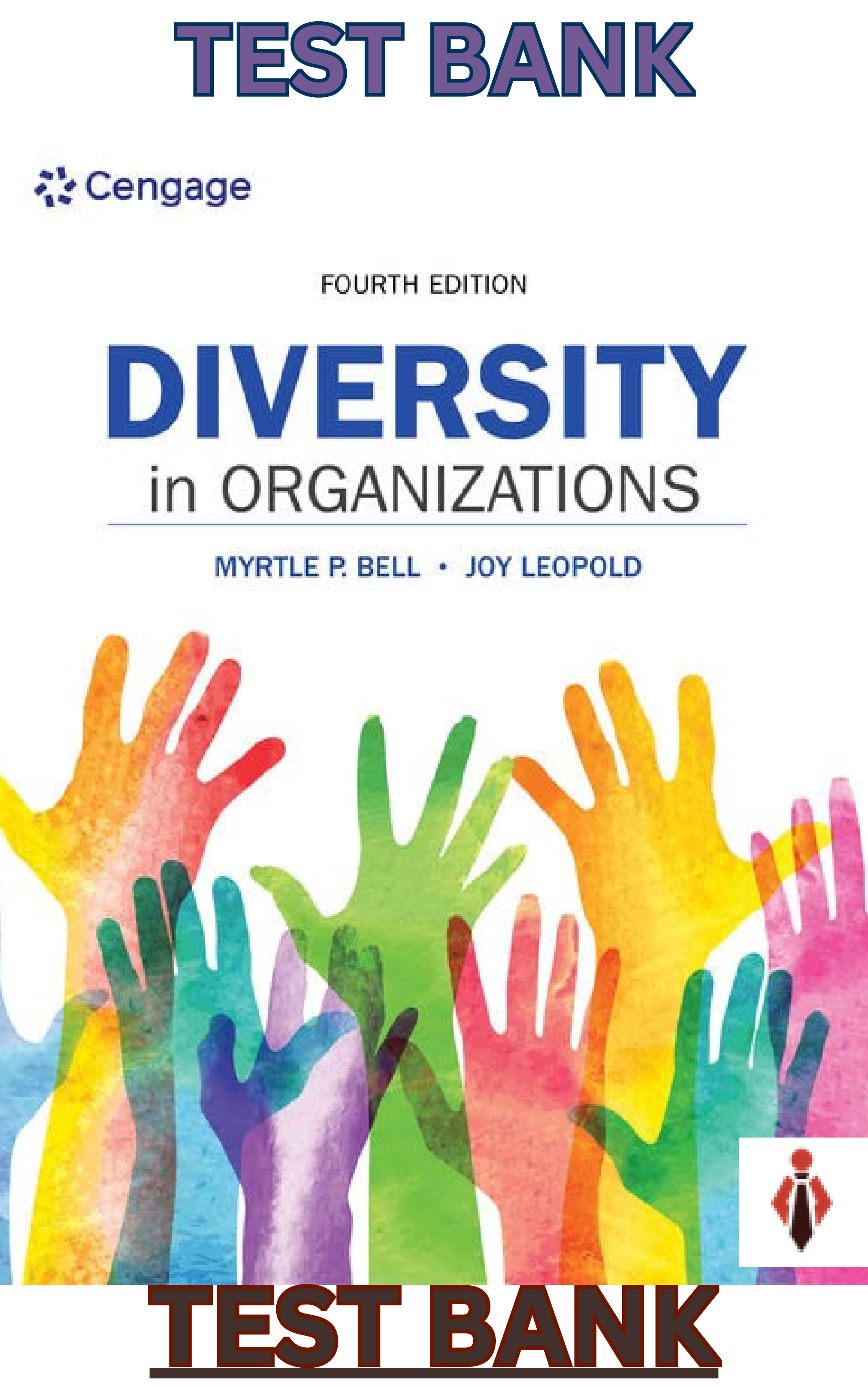

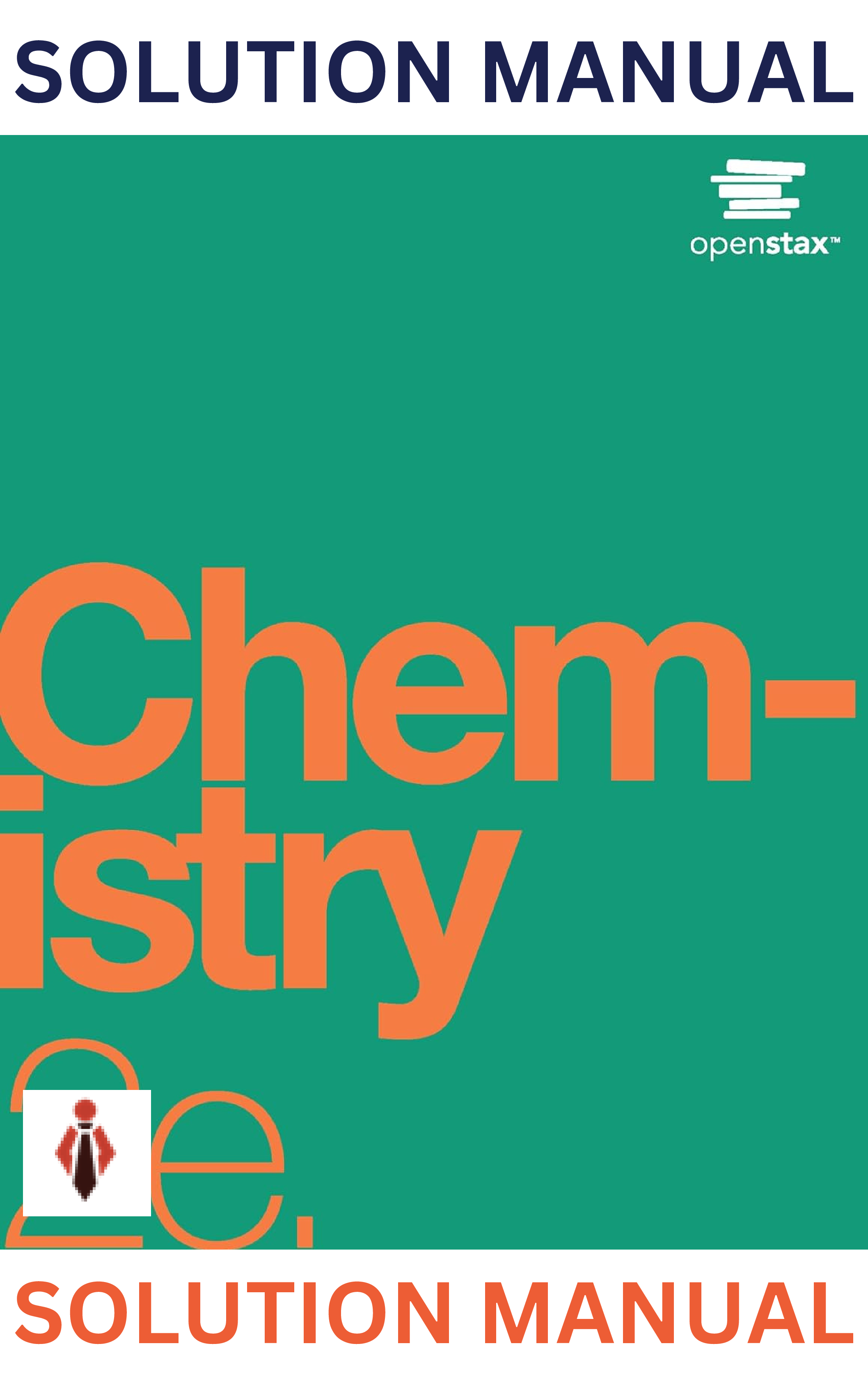

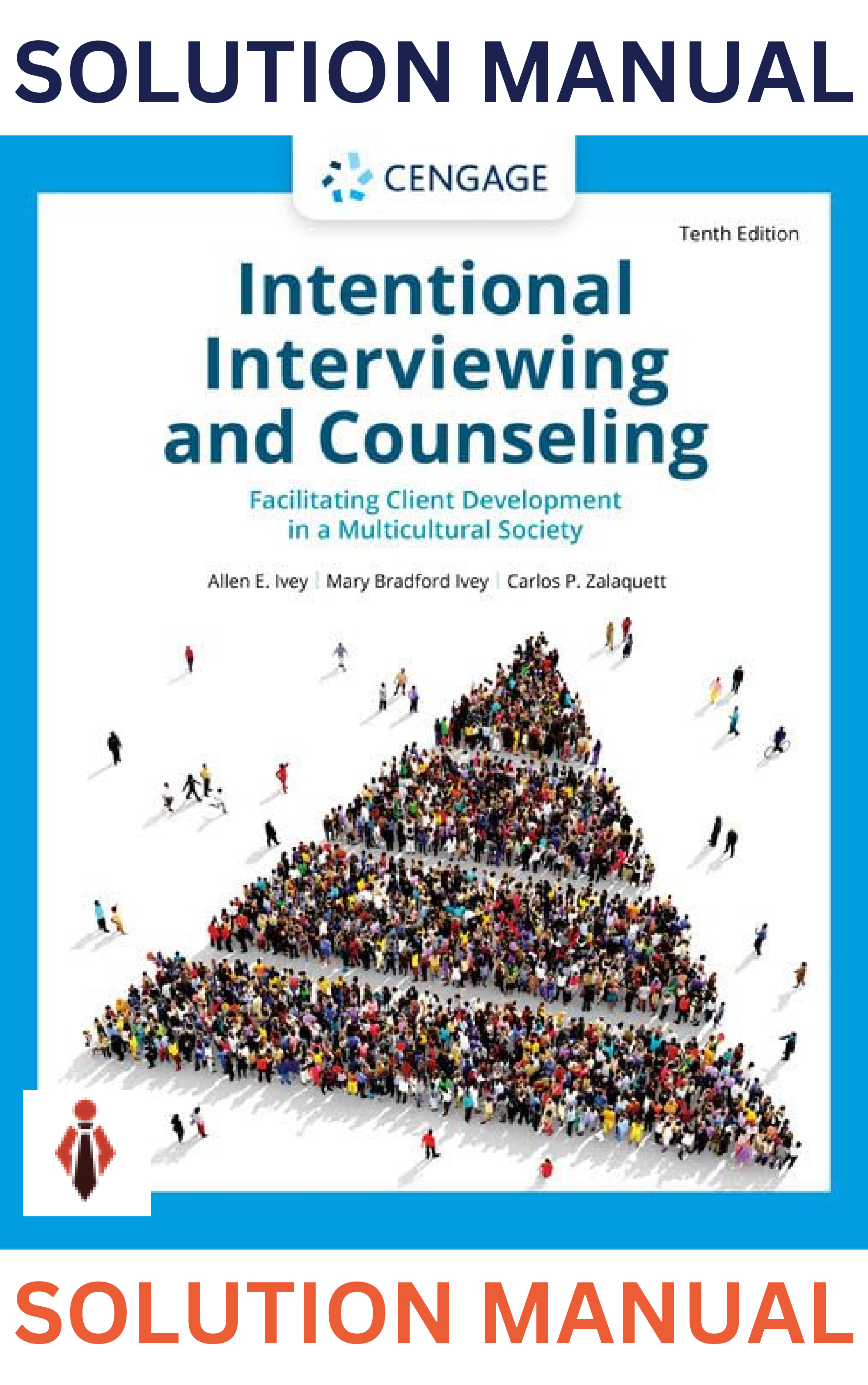
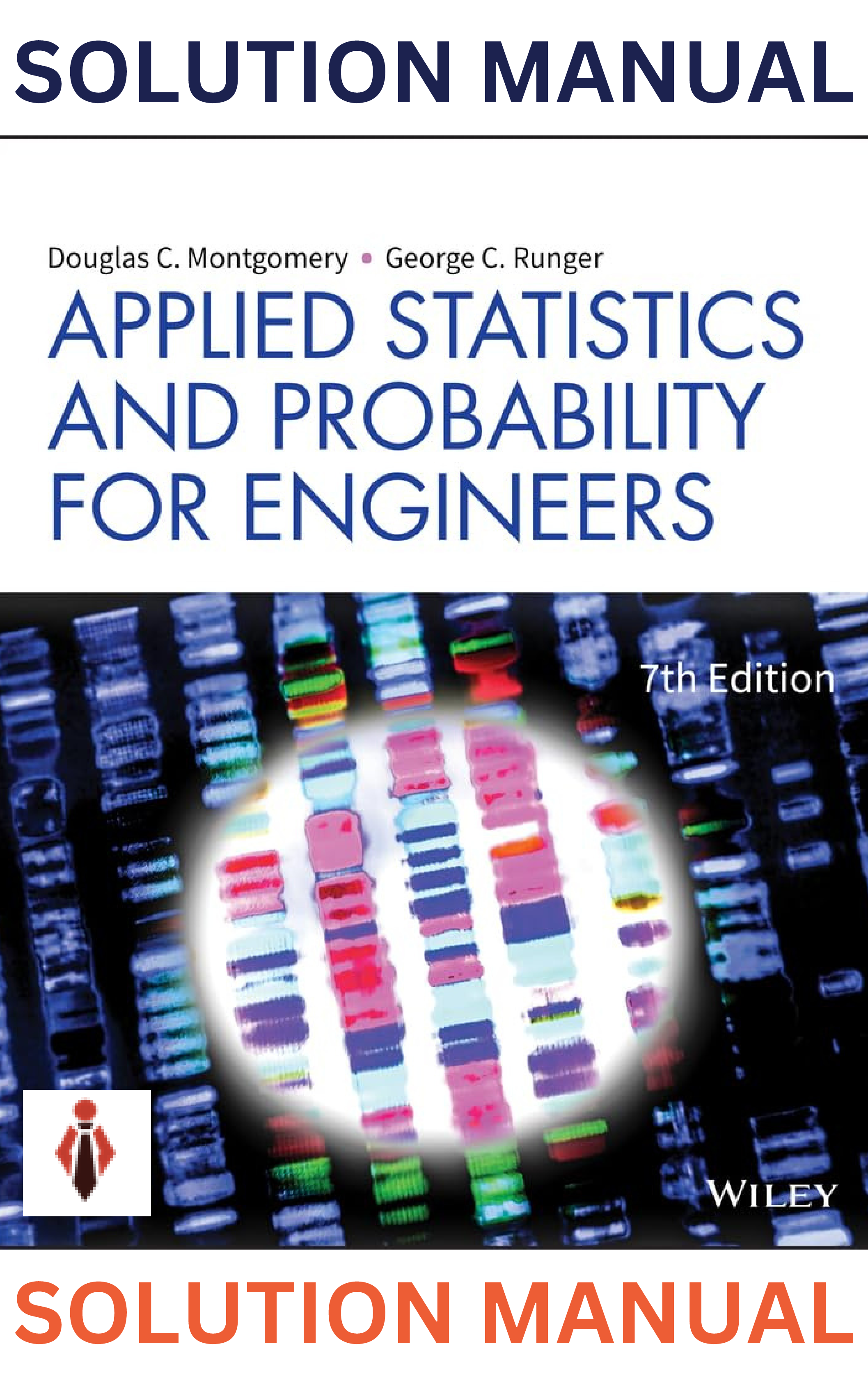
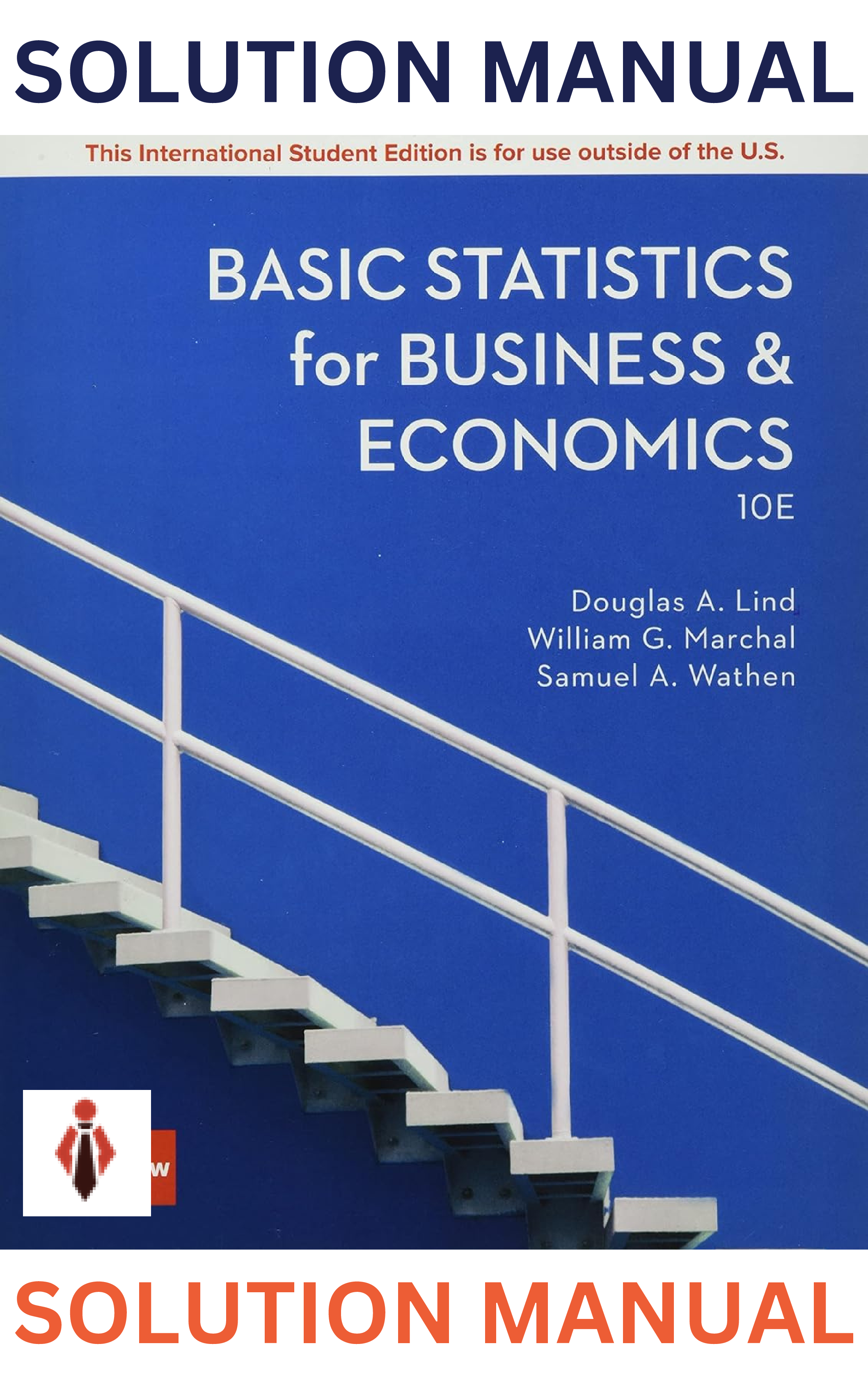

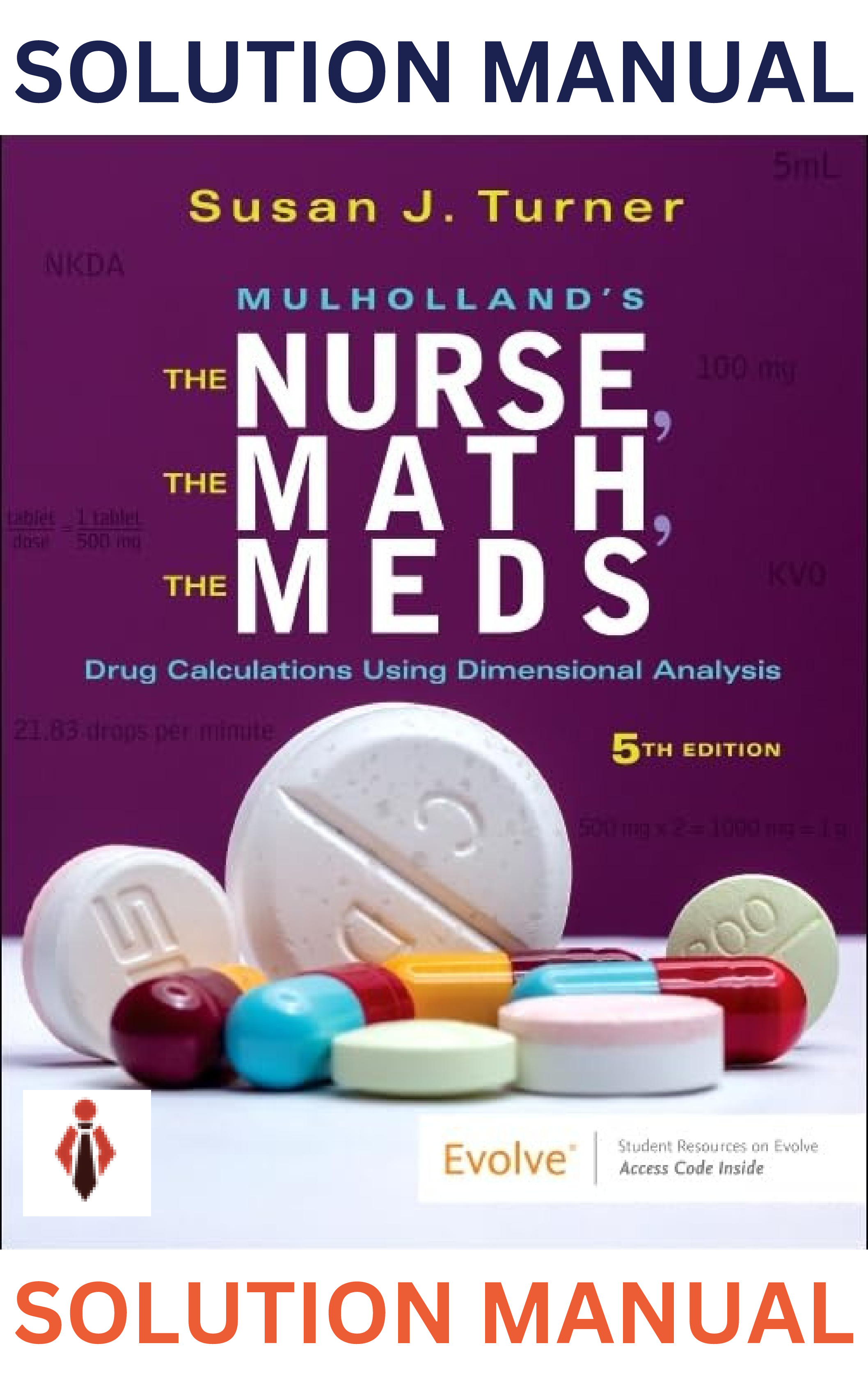
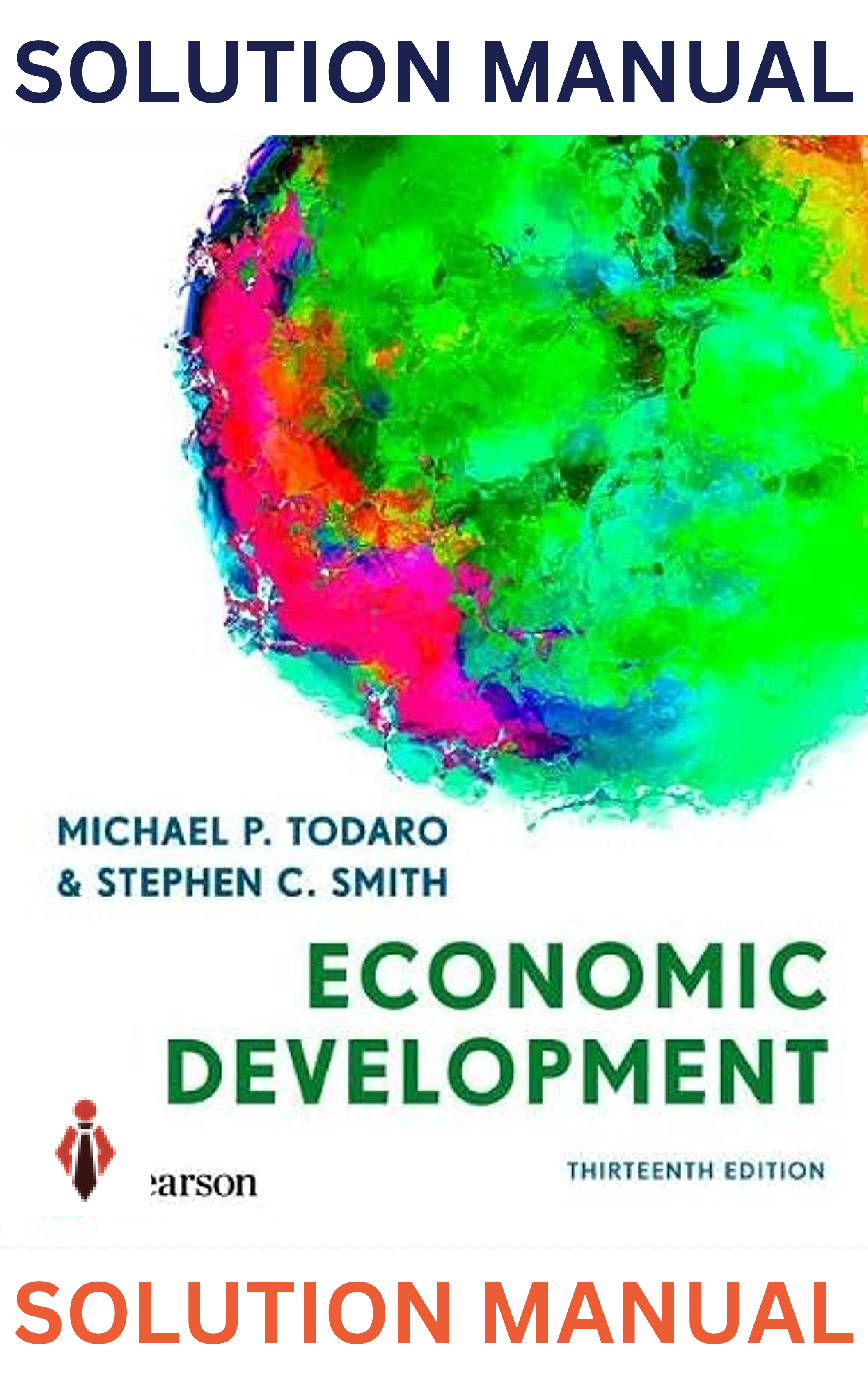
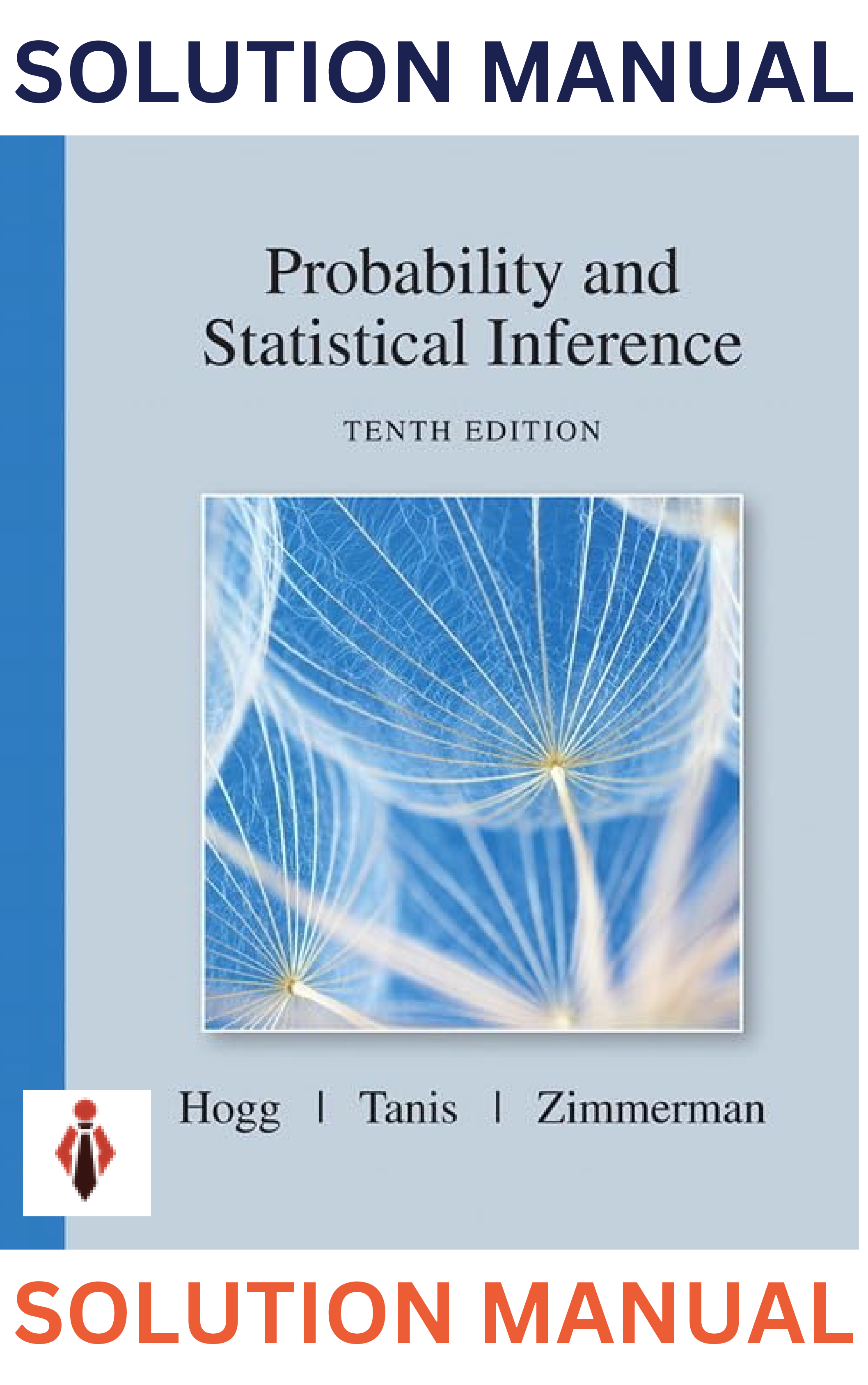
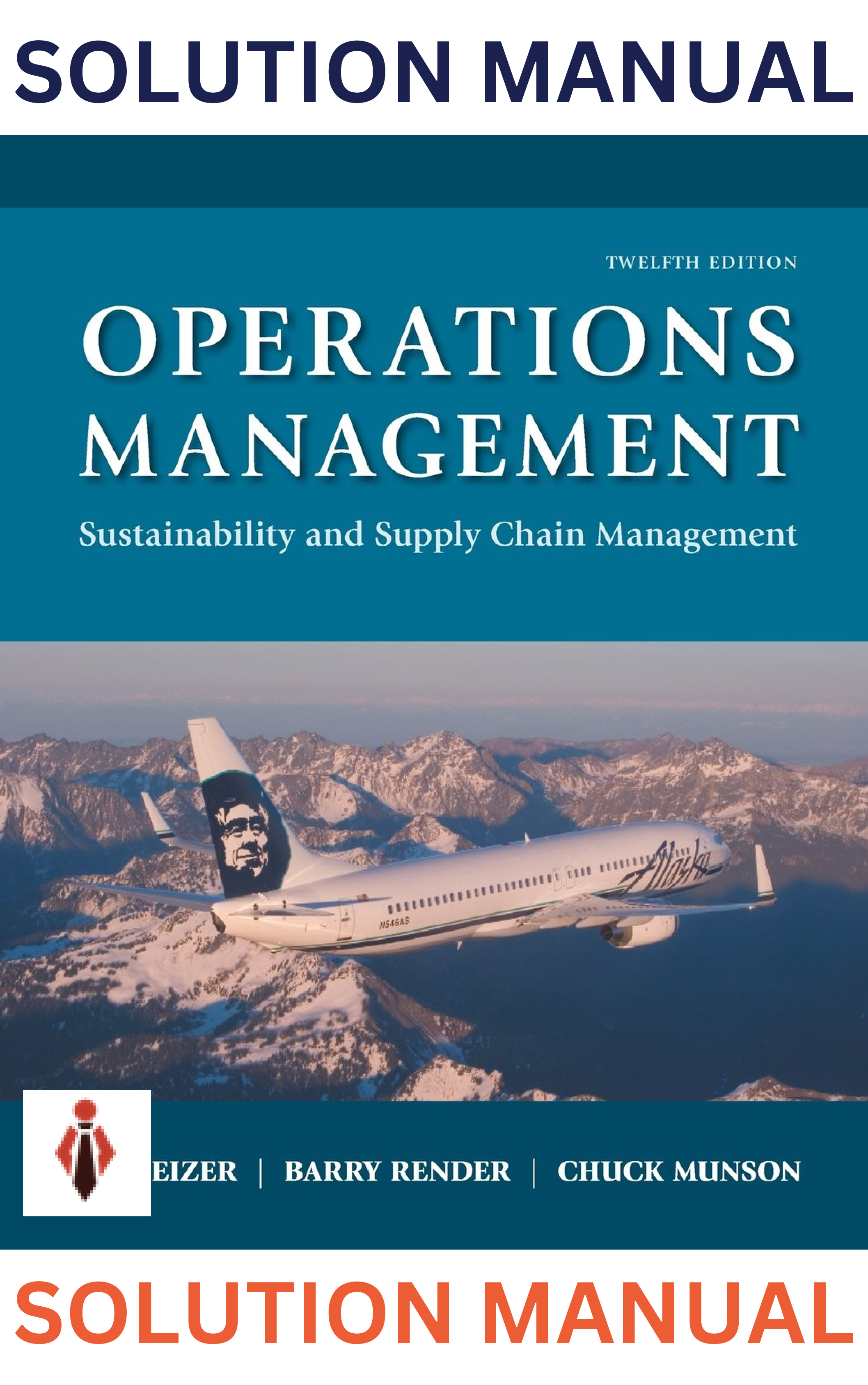
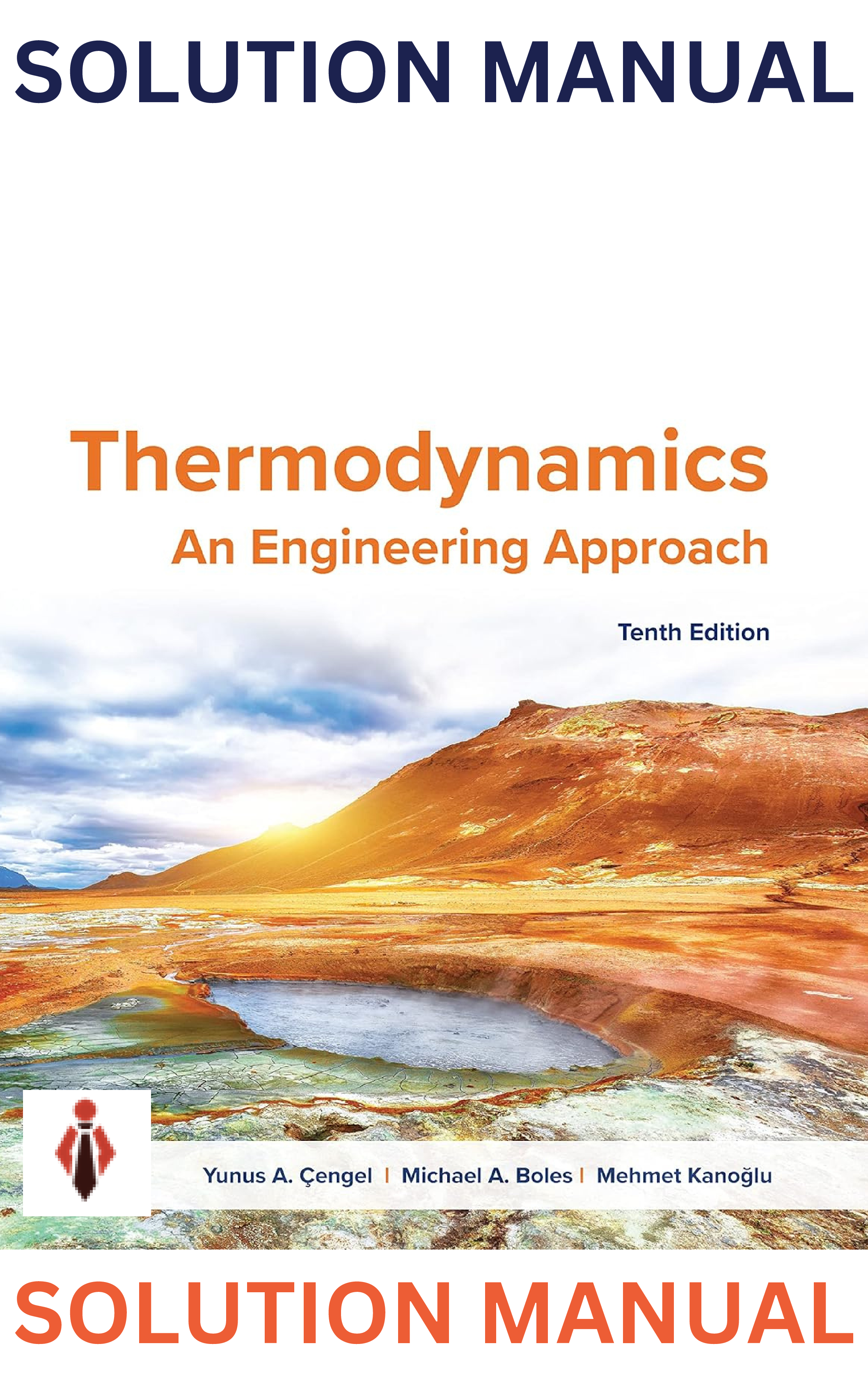
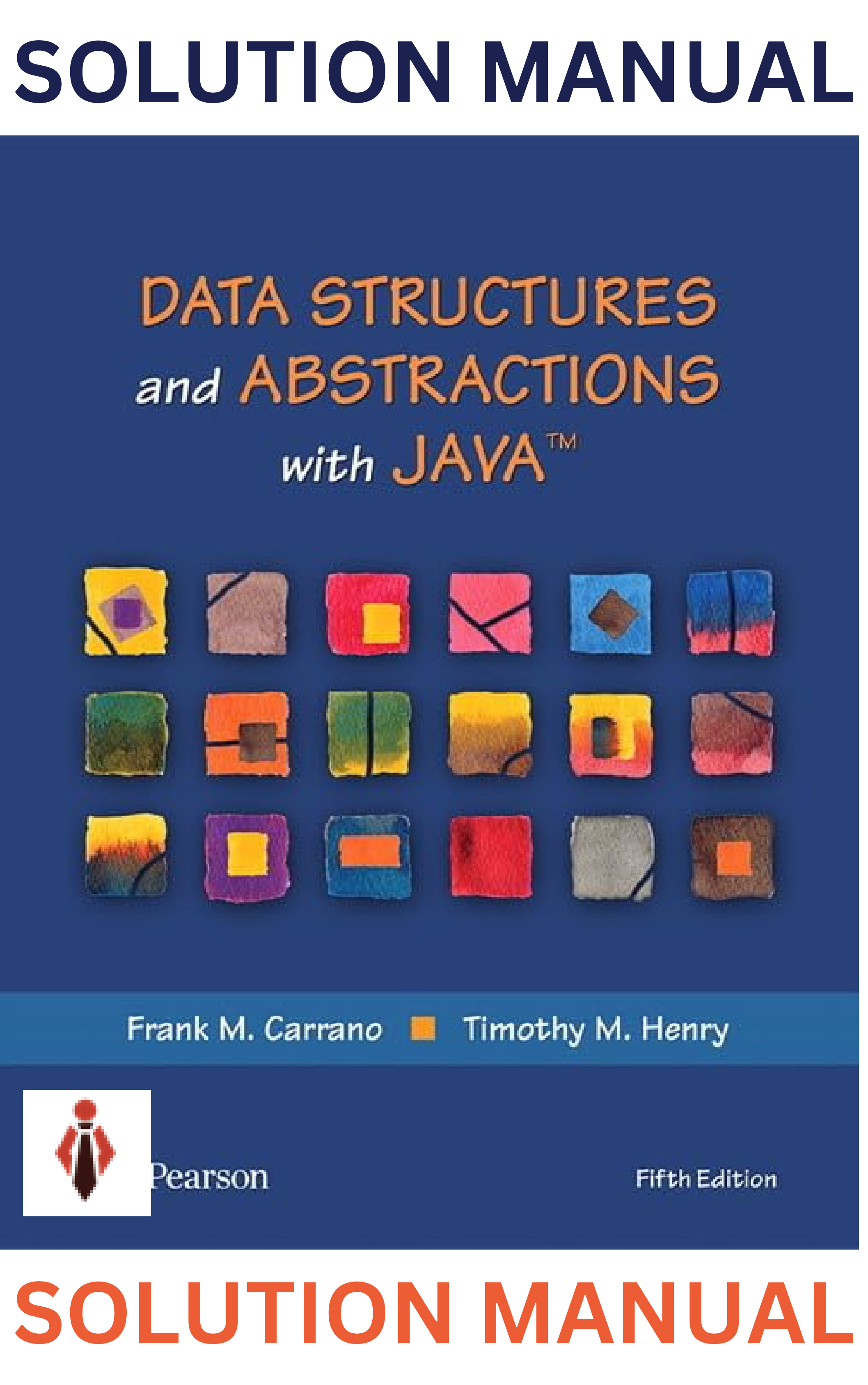

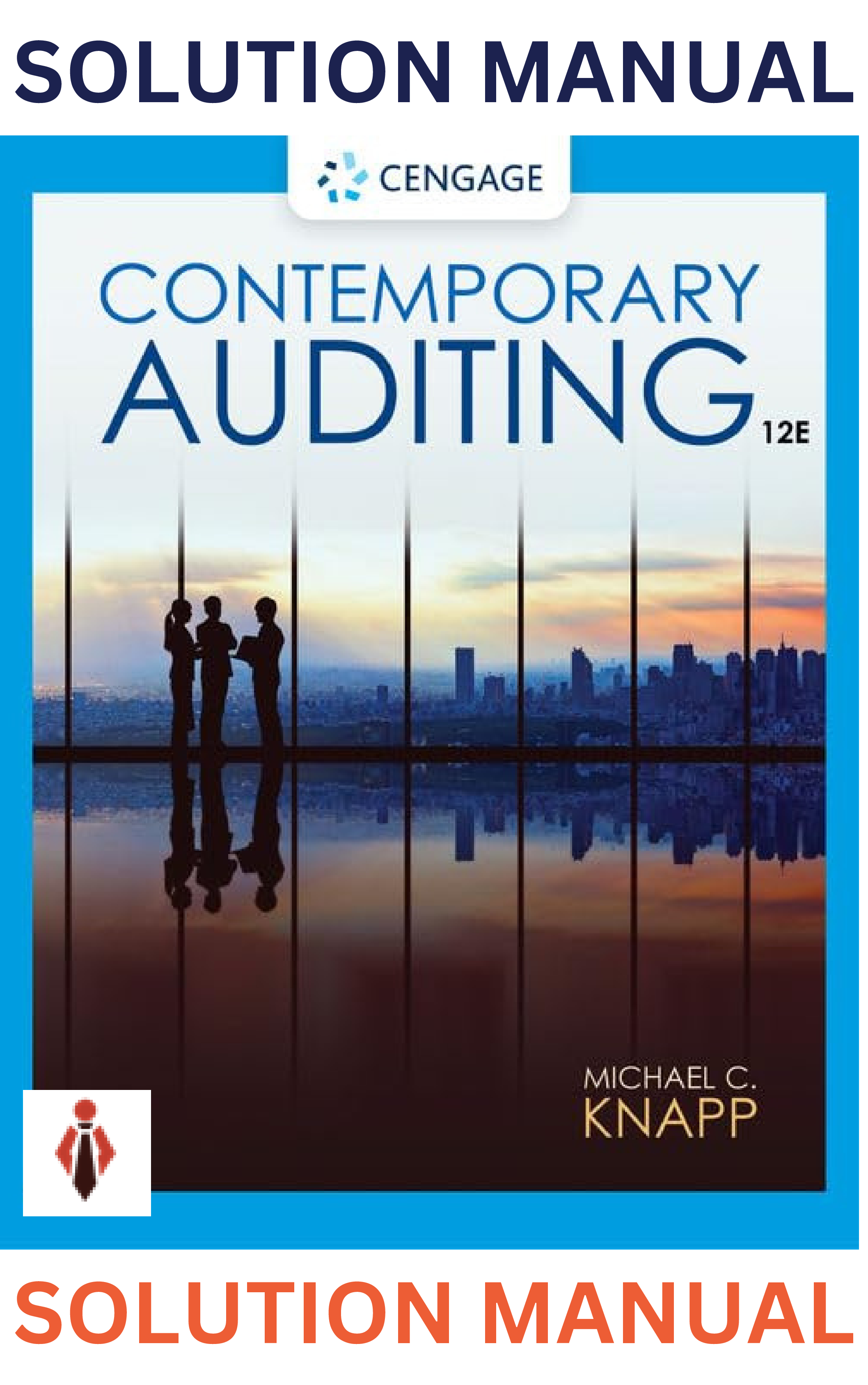
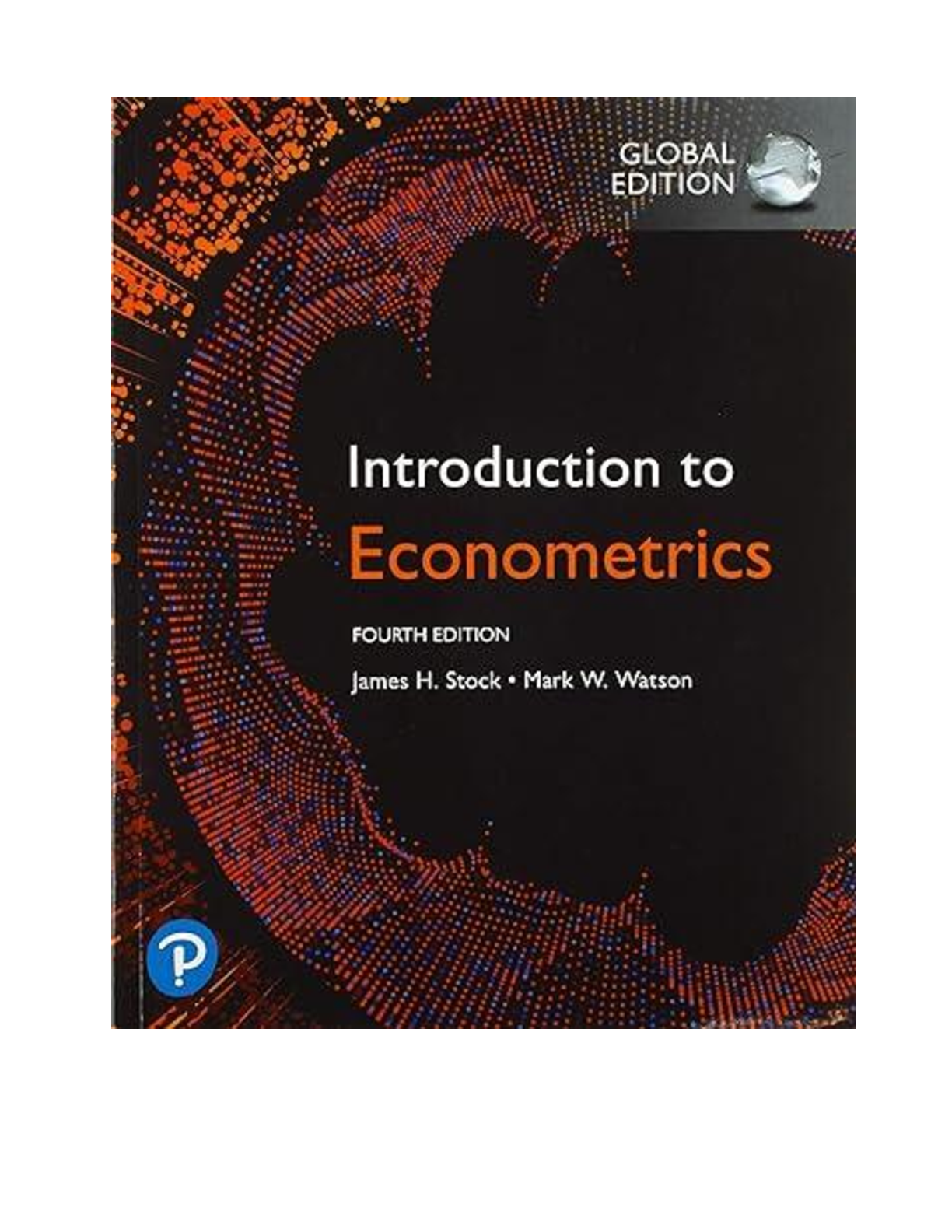
 by H STOCK JAMES & W.png)


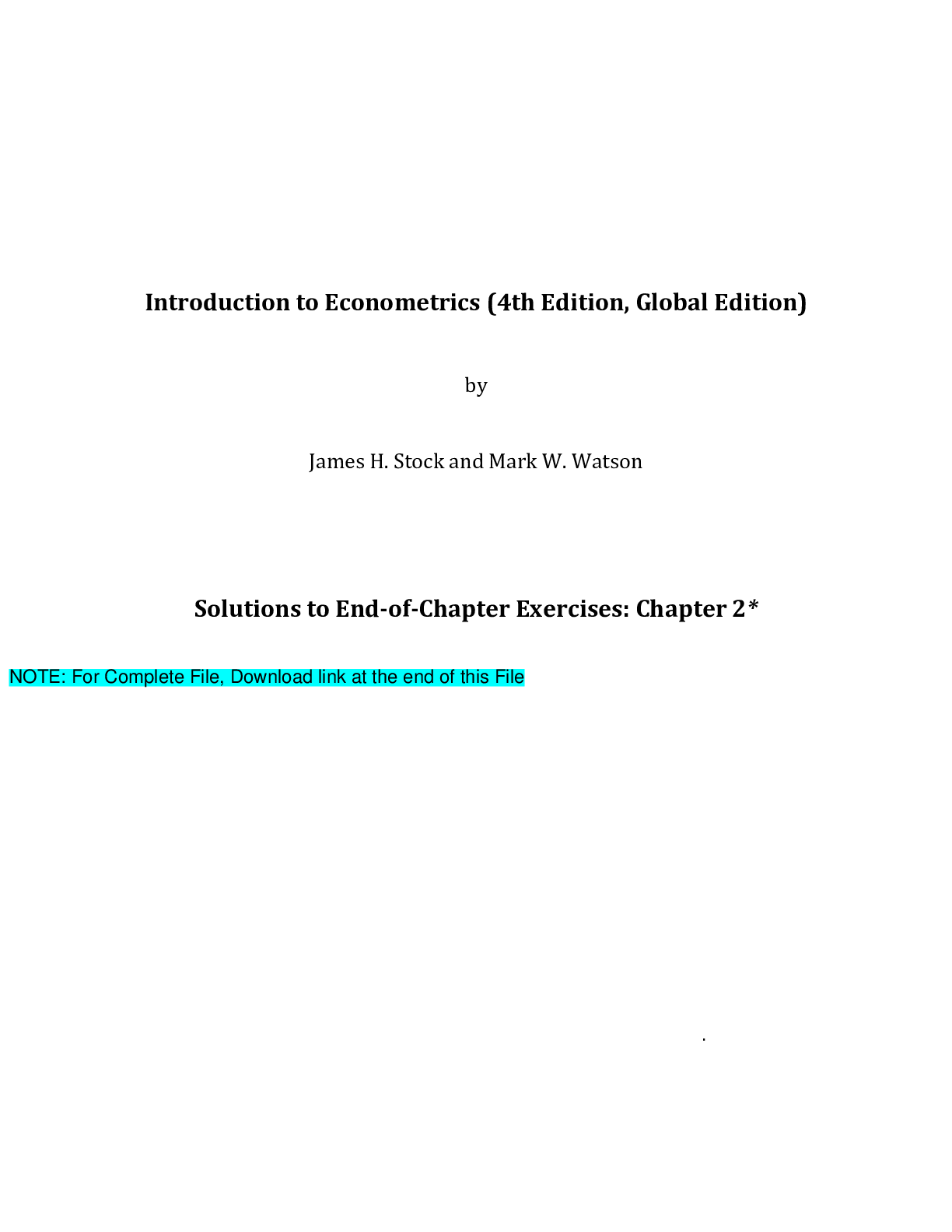

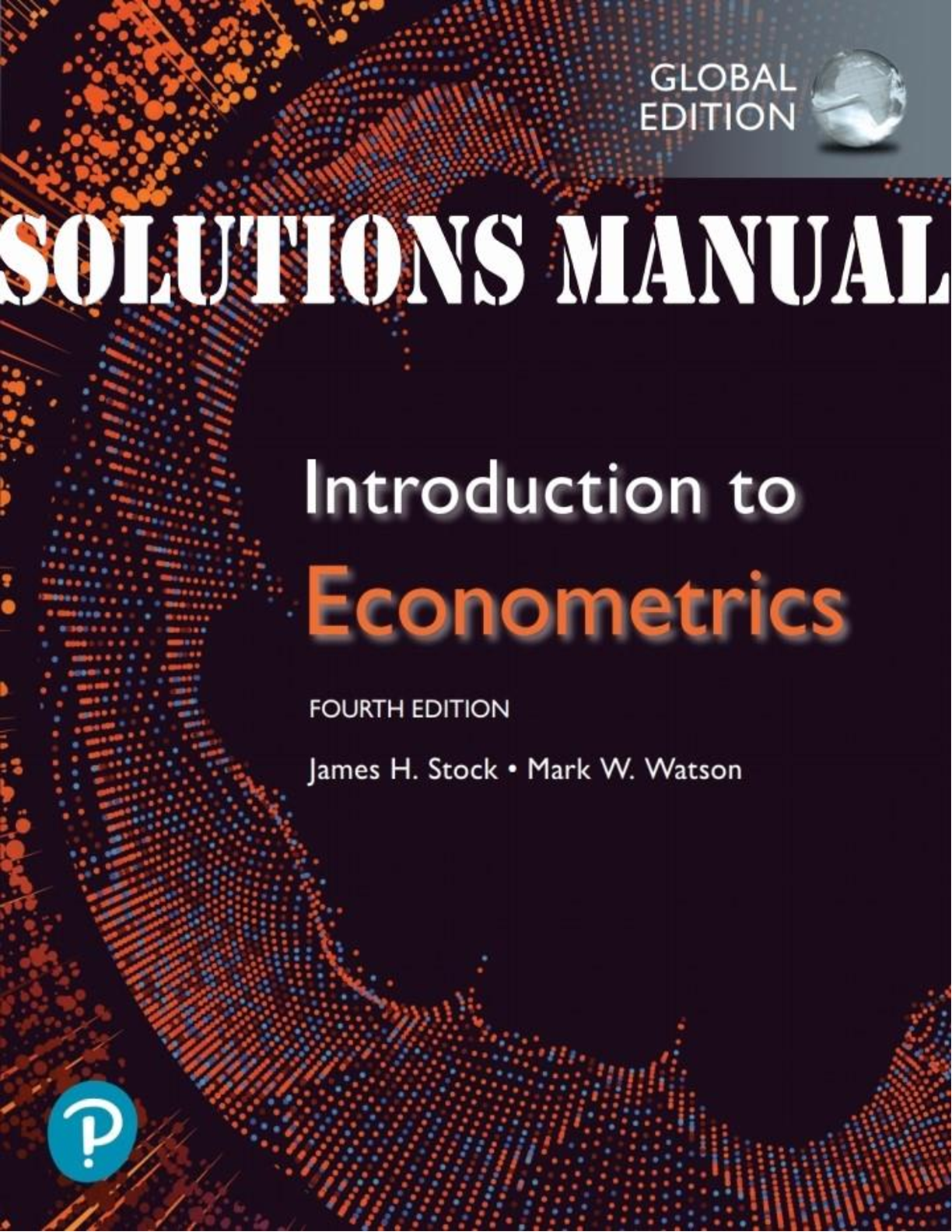


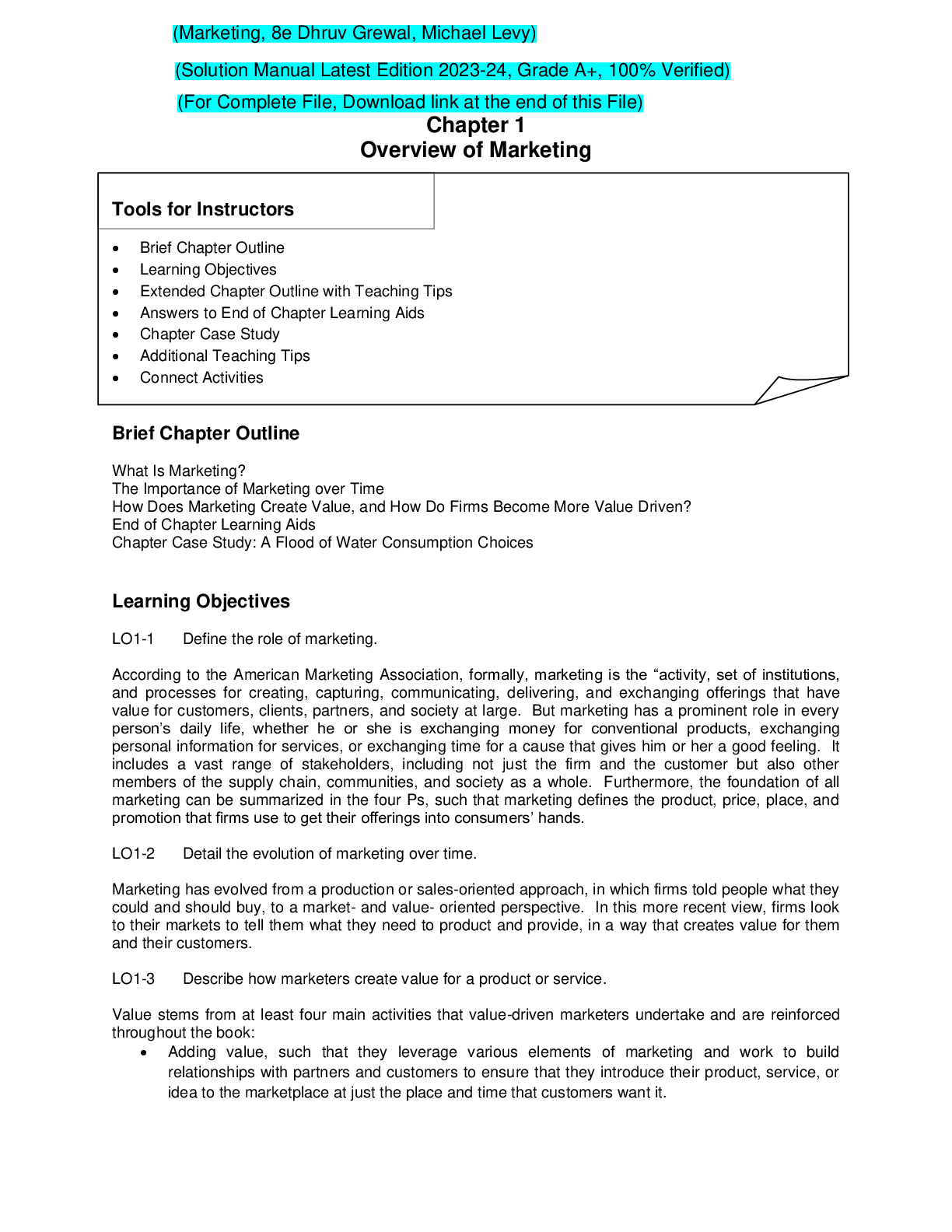

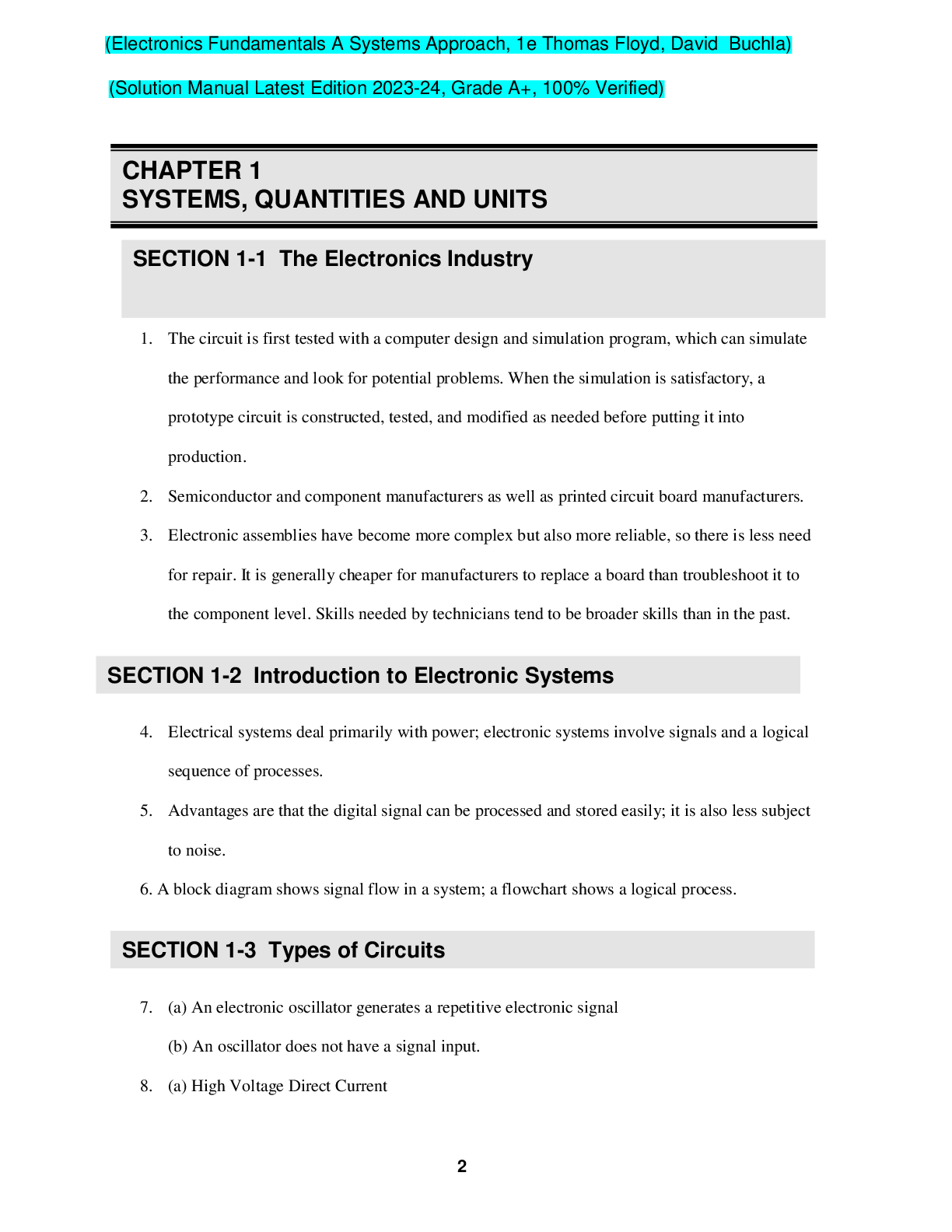
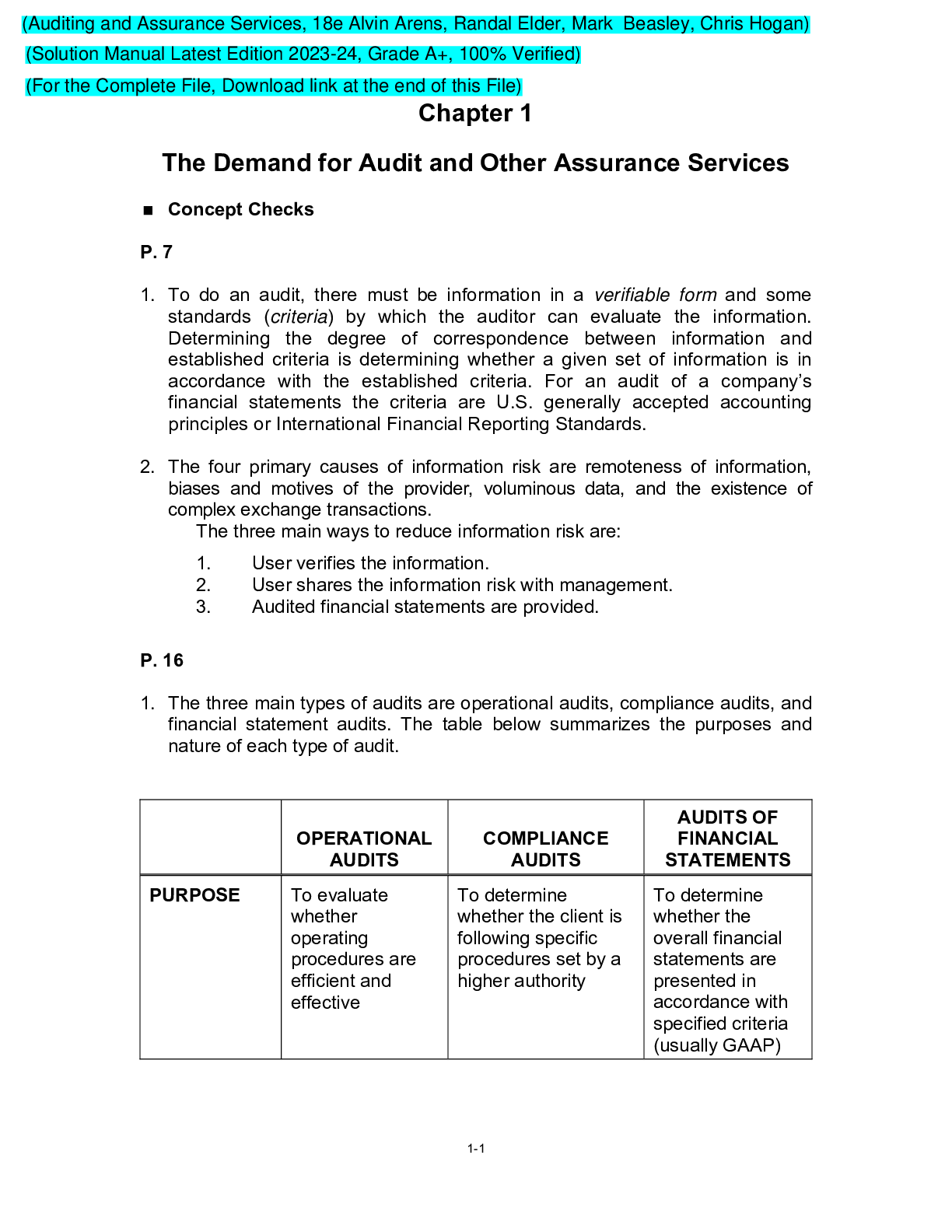

.png)
